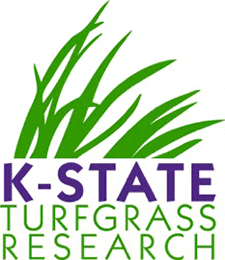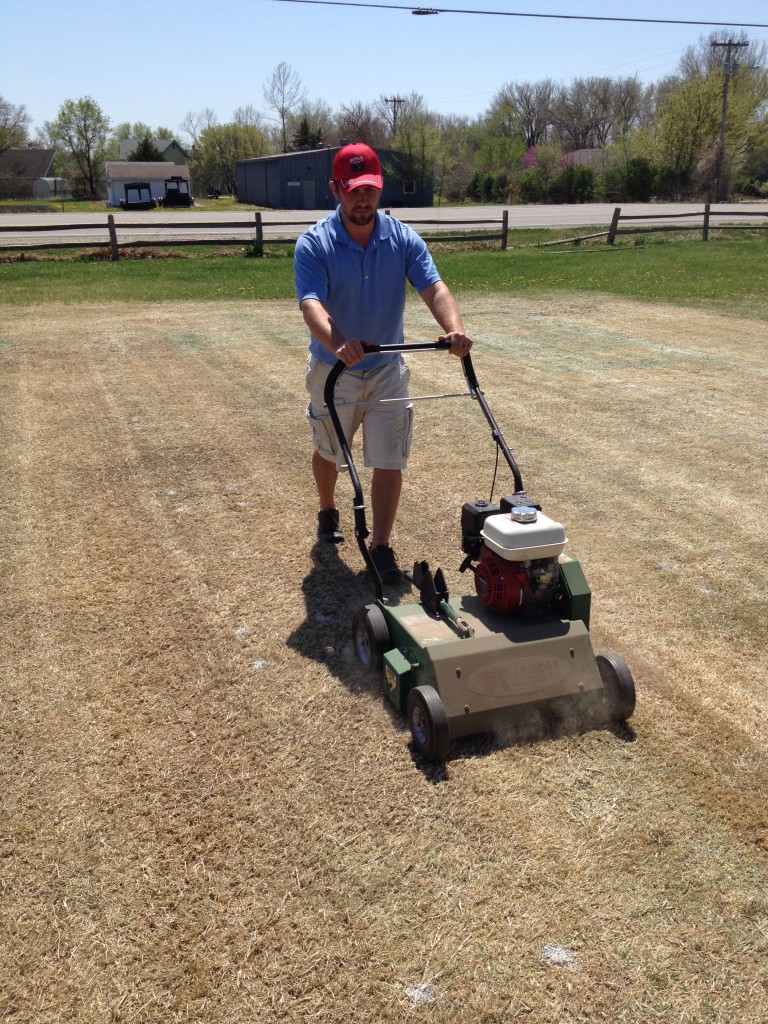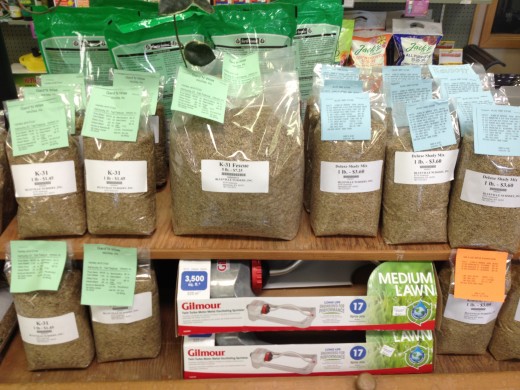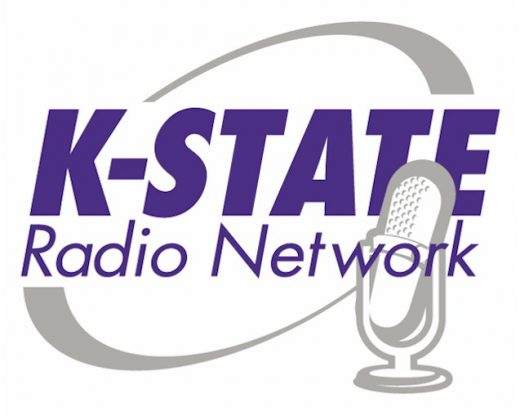By Dr. Jack Fry
Identifying seeding windows for cool-season grasses, like tall fescue, in our region is often difficult because weather is so different year to year. For example, for autumn seeding, October 15 is often suggested as the deadline for seeding in northeast Kansas. Seeding after that date doesn’t mean that there won’t be success – some years there may be, others year not. The concern is that germination and emergence may still occur after mid-October. However, the seedling that emerges may not mature to a point where it can survive the cold, dry conditions common during Midwest winters.
Following the mid October deadline, the next window for seeding opens around Thanksgiving and continues into March. We call it “dormant” seeding. Dormant seeding means that the grasses out in the lawn now are dormant and not growing. In addition, the seed you scatter in mid-winter will also remain “dormant” until warmer conditions and moisture return in the spring. Unfortunately, some of us remain dormant until spring as well – outdoor work in midwinter may not sound attractive. Tall fescue germination is optimized between soil temperatures of 59 and 72 F, so seed applied in winter will remain inactive in the soil until it warms to near 60 F, and it will then begin to germinate. Other grasses are also candidates for dormant seeding as well, including other species of cool-season grasses, buffalograss, and bermudagrass.
Seed-to-soil contact is critical. If conditions are dry, vertical mowing or slit seeding may be possible. In addition, a light topdressing of soil applied over seed can also maximize seed-to-soil contact. Seeding on frozen soil is also possible, and seed-to-soil contact is improved as the soil thaws and freezes, which creates cracks in the surface in which seed can lie. Covering or mixing seed with the soil, where it will likely remain for a number of weeks before germination, also prevents it from being a source of food for birds and rodents.
Twenty years ago, Ward Upham, Extension Associate in Horticulture and Natural Resources, did a study to evaluate dormant seeding month effects on tall fescue cover in May. He seeded plots on the 15th of each month from December through March onto bare soil that had been tilled and raked. On May 18, plots seeded in February and March each had an average of 80% coverage. December and January seedings were each at about 60% coverage. Ward suspected that having seed out in the environmental longer made in subject to erosion and consumption by animals.
Advantages to Dormant Seeding:
- Sometimes it is drier in mid-winter than early spring, which allows outside work to be done. Seeding in April and May can be difficult months for seeding during frequent rainfall.
- Spring emergence will occur at the earliest possible date.
- There may be more time and labor available now that’s not available in the spring.
Disadvantages to Dormant Seeding:
- Weather doesn’t always cooperate, and midwinter may be too wet to get it done. However, if just small areas are needing seed, that can be done by hand.
- Stand establishment may not be as successful as seen with autumn seeding, the preferred time. And, just like spring seeding, weed competition will be greater as the stand matures.
- Preemergence herbicides applied in late fall or in spring may inhibit germination and growth of the seedlings. Preemergence herbicides that can be used in the tall fescue seedbed include siduron (Tupersan) and mesotrione (Tenacity).




